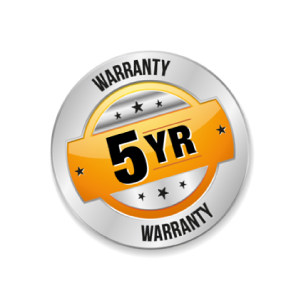The Ultimate Guide to Choosing the Best Wet Dry Vacuum Cleaner for Your Home and Beyond
When it comes to maintaining a clean and tidy home, having the right tools is essential, and a wet dry vacuum cleaner is one of the most versatile appliances on the market. According to the latest industry reports, the wet dry vacuum cleaner segment has experienced a remarkable growth of approximately 7.5% annually over the past five years, driven by an increase in consumer awareness regarding the importance of effective cleaning solutions. These powerful machines are not only capable of handling liquid spills but are also adept at tackling dust and debris in various settings, from residential homes to commercial spaces. As homeowners seek multifunctional cleaning equipment, understanding how to choose the best wet dry vacuum cleaner—tailored to their specific needs—becomes increasingly vital. This guide aims to equip you with insights and criteria necessary for making an informed decision, ensuring your investment in a wet dry vacuum cleaner enhances both your cleaning efficiency and overall home environment.
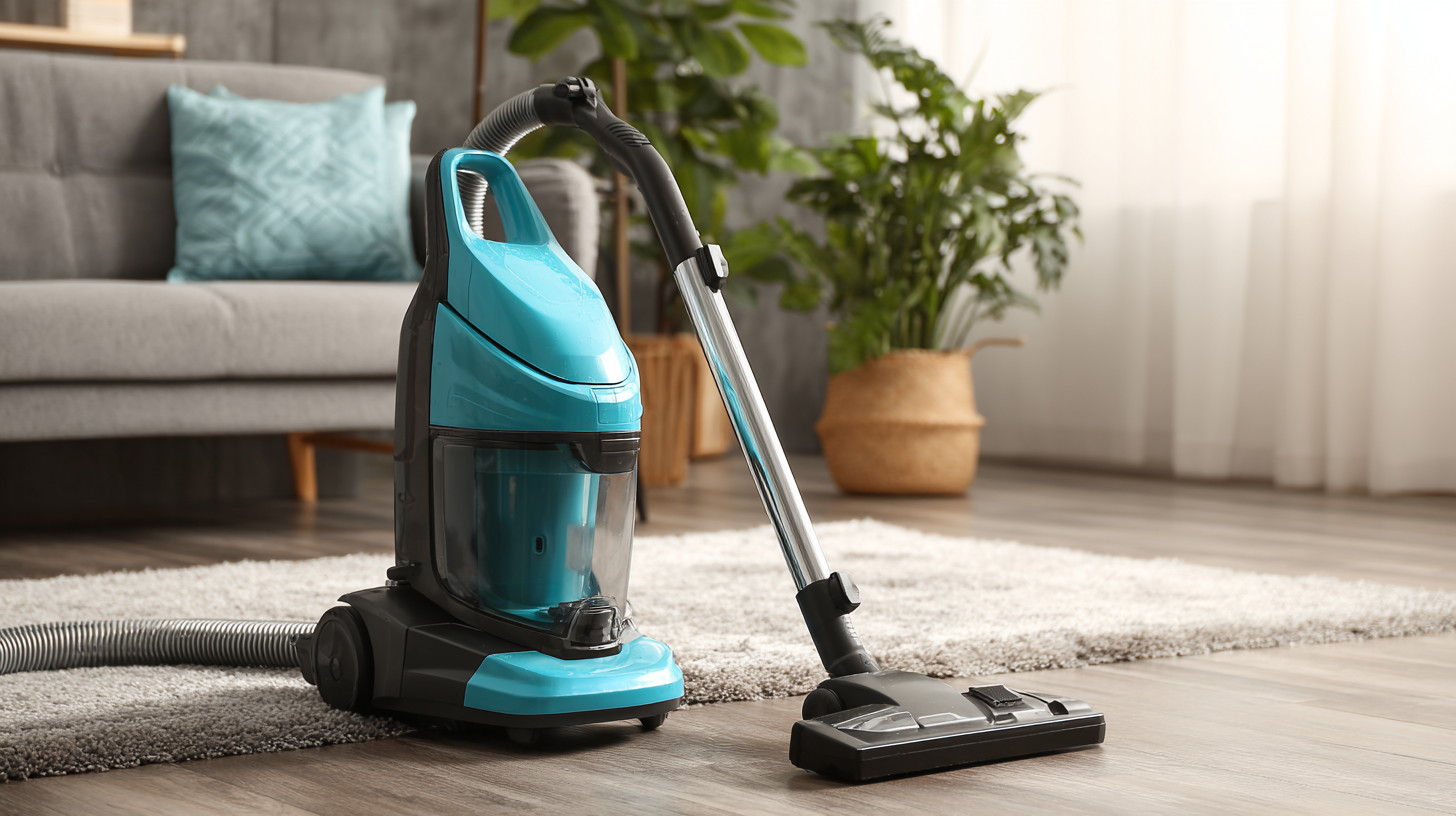
Understanding the Benefits of Wet Dry Vacuum Cleaners for Home Use
Wet dry vacuum cleaners are versatile appliances that offer numerous benefits for home cleaning and maintenance. Unlike standard vacuums, which are designed exclusively for dry debris, these machines can handle both wet and dry messes, making them ideal for various situations around the house. Whether you're dealing with spilled liquids in the kitchen or collecting dust and dirt from a workshop, a wet dry vacuum cleaner can tackle a range of tasks efficiently.
One of the primary advantages of wet dry vacuum cleaners is their ability to simplify cleaning processes. Their powerful suction capability enables quick and thorough removal of both solids and liquids, preventing potential damage to your floors and surfaces. Additionally, many models come equipped with specialized attachments, which enhances their cleaning capabilities for different surfaces like carpets, tiles, and even upholstery. This multifunctionality not only saves time but also reduces the need for multiple cleaning devices, making it a cost-effective solution for homeowners looking to streamline their cleaning routines.
Key Features to Consider When Choosing the Perfect Wet Dry Vacuum
When selecting the perfect wet dry vacuum cleaner, there are several key features to consider that will enhance your cleaning experience. First, look for the vacuum’s motor power and suction capability. A higher wattage or horsepower rating often indicates better performance when dealing with heavy debris or large volumes of liquid. Additionally, consider the tank capacity. A larger tank allows for extended cleaning sessions without frequent emptying, making it ideal for tackling bigger projects.
Another important feature is versatility. Choose a model that comes with a variety of attachments and accessories, such as crevice tools, brushes, and floor nozzles, which can facilitate efficient cleaning on multiple surfaces. Filter options also play a crucial role; HEPA filters are excellent for trapping fine particles and allergens, making them suitable for households with allergy sufferers. Finally, consider user-friendly attributes like a lightweight design for easier maneuverability, as well as features like a built-in blower function that adds versatility to the vacuum’s capabilities.
Comparing Different Brands and Models of Wet Dry Vacuum Cleaners
When selecting the best wet dry vacuum cleaner, comparing different brands and models is essential to finding a unit that best fits your needs. According to a report by the Home Appliance Manufacturers Association, the market for wet dry vacuums has seen a growth rate of over 7% annually. Leading brands such as Shop-Vac, Craftsman, and Bissell consistently rank high due to their reliability and innovative features. For instance, Shop-Vac offers models with powerful suction capabilities, reaching up to 5.5 peak horsepower, which is optimal for both heavy debris and liquid spills.
Moreover, performance metrics vary significantly across different models. A recent consumer report highlighted that vacuums with a tank capacity of 16 gallons or more tend to be more favored for home use, as they minimize the need for frequent emptying, while portable models with around 5 gallons are ideal for smaller cleaning tasks. Additionally, features such as HEPA filtration and various attachment options can greatly enhance usability and efficiency. Therefore, when comparing these models, it's crucial to consider your specific cleaning requirements and the environment in which the vacuum will be used.
Maintenance Tips to Extend the Life of Your Wet Dry Vacuum
Maintaining your wet dry vacuum cleaner is crucial for ensuring its longevity and optimal performance. Regular upkeep can extend the lifespan of these versatile devices, which, according to a recent industry report by IBISWorld, has seen a growth rate of 4.5% in recent years, primarily due to increased consumer demand for multifunctional cleaning tools. One of the most effective maintenance tips is to clean the filters after every use. This simple practice can improve suction power and overall efficiency, preventing dirt and debris from accumulating and causing unnecessary wear.
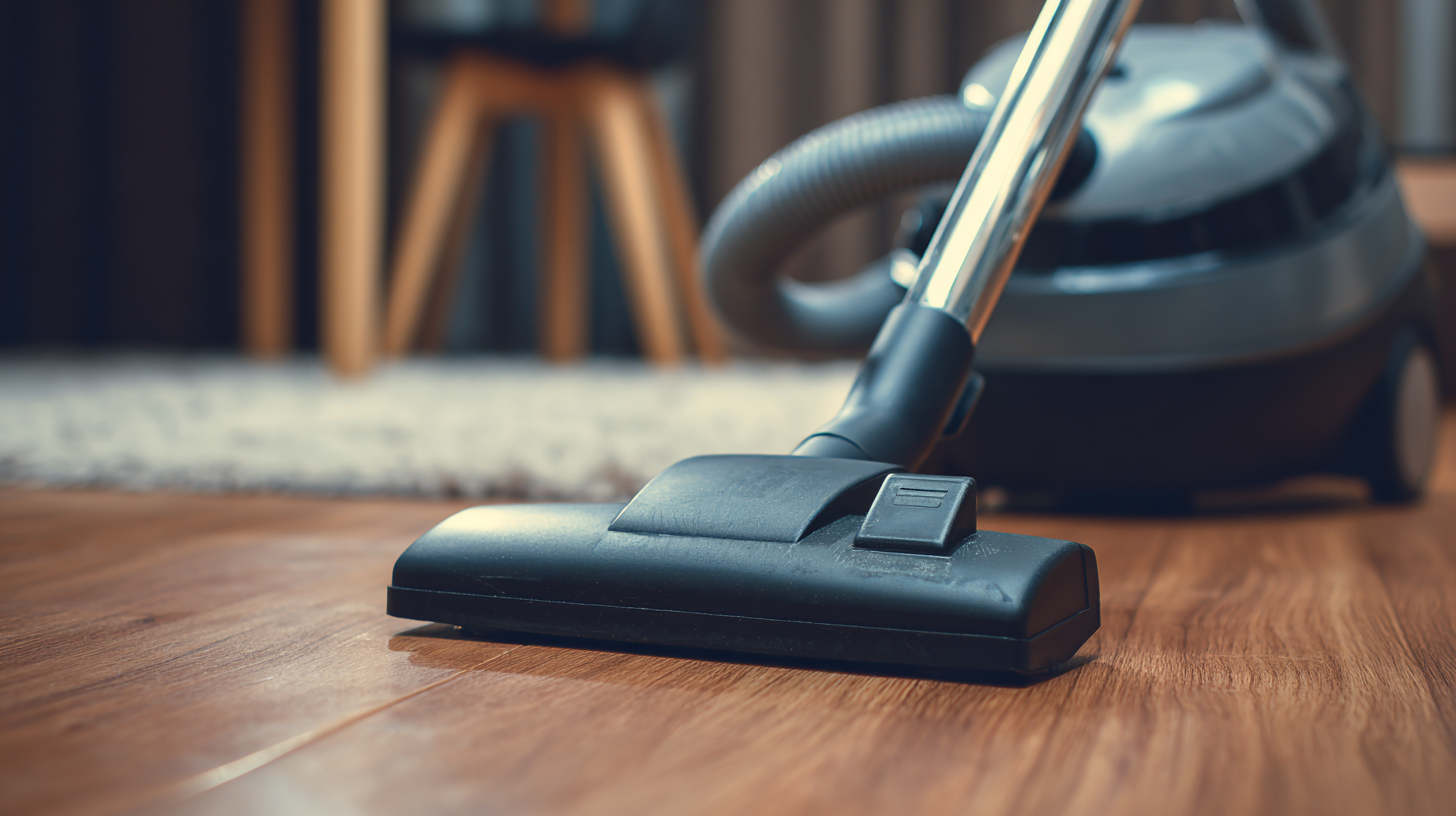
Another vital maintenance task involves inspecting and cleaning the vacuum's hoses and attachments. A clogged hose can significantly reduce airflow, as highlighted in a study from the National Institute of Standards and Technology (NIST), which reported that clogged hoses can decrease suction by up to 50%. Regular checks and thorough cleaning of these components can prevent buildup and ensure that your wet dry vacuum performs at its best. Additionally, storing the vacuum properly—keeping it dry and in a climate-controlled environment—can help mitigate damage from humidity or extreme temperatures, further prolonging its life and functionality.
Common Mistakes to Avoid When Using a Wet Dry Vacuum Cleaner
When using a wet dry vacuum cleaner, it’s essential to avoid common mistakes that can lead to ineffective cleaning or even damage. One significant error is assuming that because a vacuum can handle multiple tasks, it is suitable for all surfaces. For instance, using the wrong attachment or setting can scratch delicate floors or push dirt deeper into carpets. Always ensure you’re employing the correct tools and settings based on the task at hand, and know your vacuum’s limitations.
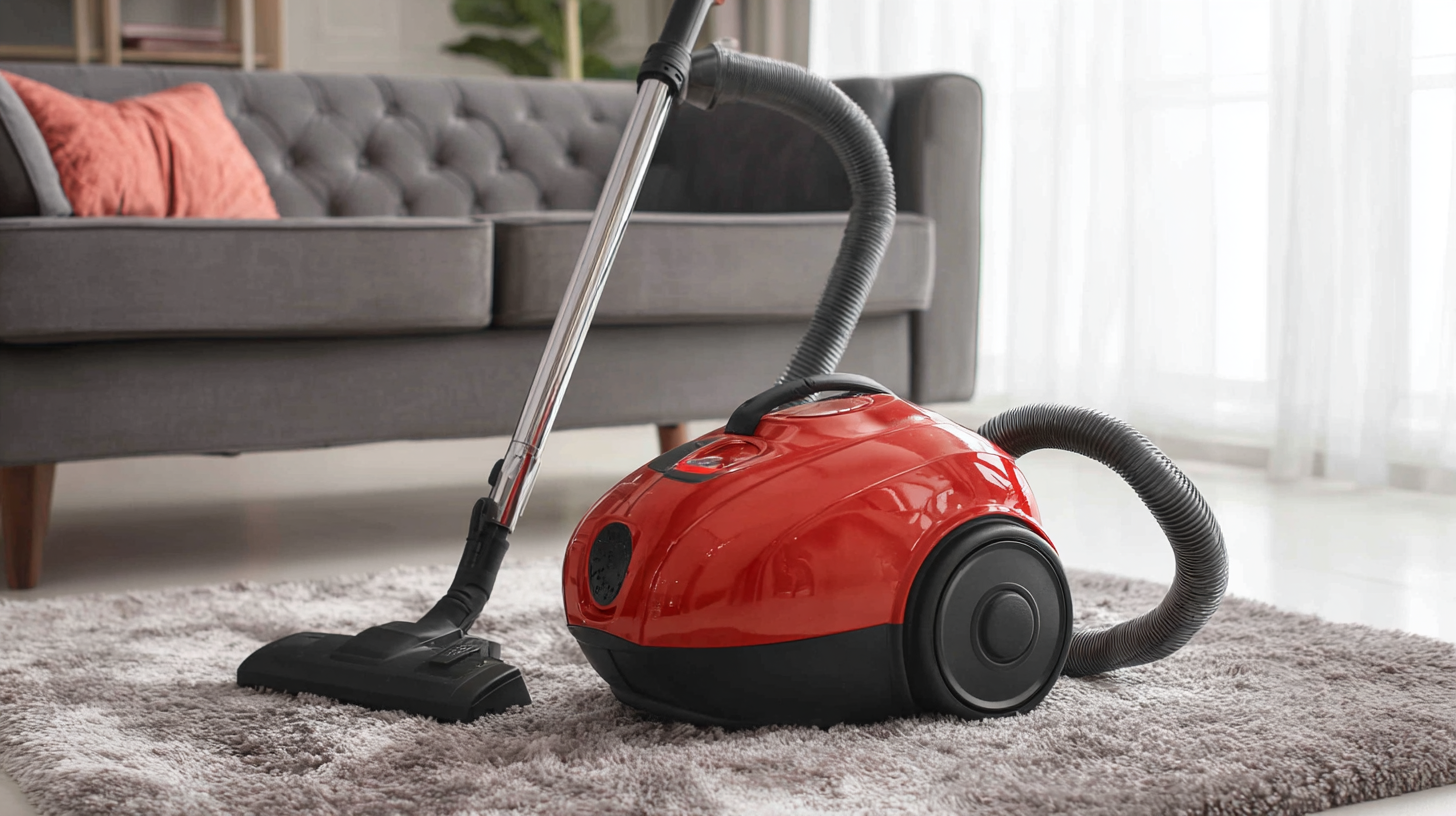
Another critical mistake is neglecting regular maintenance and cleaning of the vacuum itself. A clogged filter or full tank not only reduces suction power but can also recirculate dirt and allergens back into your space. Additionally, many users overlook the importance of thoroughly drying areas after using a wet dry vacuum. Leaving surfaces damp can encourage mold growth, especially in humid environments. By being mindful of these missteps, you can maximize the effectiveness of your wet dry vacuum and ensure a cleaner, healthier home.
Related Posts
-
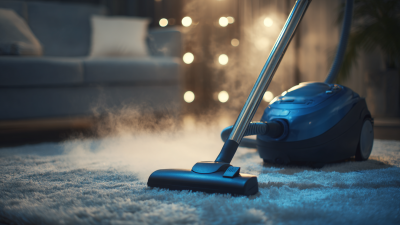
How to Choose the Right Wet Dry Vacuum Cleaner to Maximize Cleaning Efficiency
-

Innovative Uses of Best Wet Dry Vacuum Cleaner in Various Industries
-

Global Exporting Powerhouse for Innovative Best Wet and Dry Vacuums Made in China
-
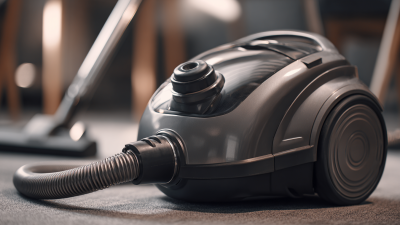
How to Find the Best Wet Dry Vacuum Manufacturer for Your Needs and Compare Options
-
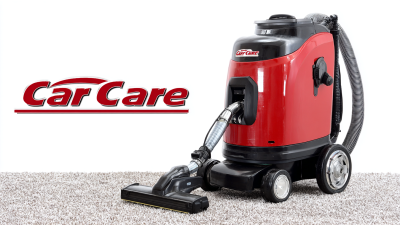
Solutions for Superior Carpet Care: Discovering the Best Carpet Extractor Machines
-
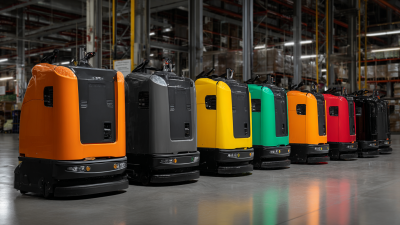
Choosing the Right Manufacturer: A Comprehensive Comparison Guide for the Best Commercial Floor Scrubbers
